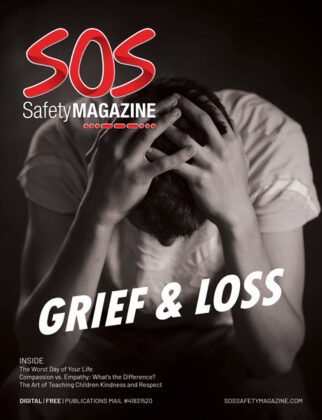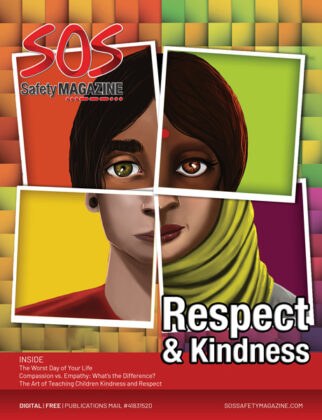ARTICLES, HEALTHY LIVING & WELL BEING. EATING DISORDERS
5 Ways Teens Can Overcome Panic Attacks


You’re about to take a school test, and suddenly, out of nowhere, you feel your heart pounding in your chest. Your palms are sweating and you start to fret. Now your breathing is uncontrollably fast and your vision is going blurry. Your friends are concerned you need medical help. But despite the scary symptoms, there’s no physical illness, no cardiac arrest, and no seizure: these are all typical signs of a panic attack.
Teenagers at risk
Panic attacks are fairly common amongst teenagers. This is hardly surprising given the many emotional stresses teens face; for example, peer pressures, relationships and life-shaping exams.
While many teenagers experience the odd panic attack (in fact, one-third of adults may have a panic attack in any given year), only 2% of teens have a panic disorder which is characterized by repeated attacks and heightened concern over their reoccurrence.
Panic disorders typically develop during late adolescence and early adulthood and can lead to agoraphobia, so it’s absolutely vital to take action to combat repeated episodes.
How to cope with a panic attack
If you’ve had a panic attack in the past, you need to know how to cope with them in the future.
Keep focused: When an attack takes hold, it’s important to recognize that the feelings you experience are caused by anxiety and that there’s nothing harmful happening to your body. Don’t look for distractions but confront your fear and remember that the attack will pass. Try to ride through it the best you can.
Take control of your breathing: If you find your breathing is rapid, try this exercise: Close your eyes and breathe in slowly through your nose, then breathe out slowly through your mouth, counting to five with each breath. Daily breathing exercises such as these can also help to prevent panic attacks.
How to reduce your panic attacks
There are things you can do yourself and treatments are available to help reduce the frequency of attacks.
Show restraint! A healthy lifestyle is key to reducing the likelihood of panic attacks. Avoid caffeine, alcohol, and smoking, all of which can worsen the symptoms. And keep to a healthy, balanced diet with plenty of sleep.
Exercise: Regular aerobic exercise is proven to create relaxing ‘feel-good’ sensations that help to reduce stress and calm the mind. During a workout, stress hormones, such as adrenaline and cortisol, are reduced while ‘happy’ hormones, such as serotonin and endorphins, are stimulated. The benefits are by no means transient; research from Norway has shown that a regimen of three workouts a week helps to reduce the symptoms of panic disorder, with effects lasting over a year.
Psychotherapy: If you are diagnosed with panic disorder, your doctor may suggest Cognitive Behavioral Therapy to help you work through the thoughts, emotions, behaviors and triggers contributing to your disorder. You will also be taught coping strategies and healthier ways of thinking.
Medication: Anti-anxiety medications and antidepressants may be prescribed in combination with counseling therapy.
Support groups: You are not alone! Community groups offer support from peers struggling with similar issues. And you might find that your school has a support network and can offer assistance to students suffering from panic attacks.
Whether you suffer from the odd isolated attack or repeated episodes, the sooner you seek help, the sooner your symptoms will be relieved, and the likelihood of attacks re-occurring in later life will diminish.
Written by Jackie Edwards







